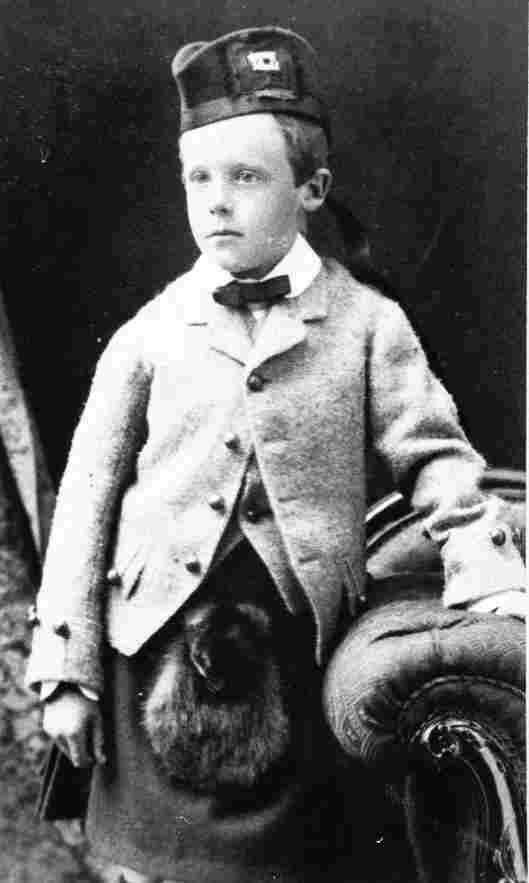
Figure 1.--Scotland is the exception to the dominace of boys; fashions by large countries. The impprtance of the kilt as boyswear, however, is primarily due to its adoption of the very English Queen Victoria.

It was once possible to determine where a boy was from by the style of clothes he was wearing. There were some trans-national styles, but boys often wore styles there gave definite cluses as to where he was from. The major fashion centeres were, for the most part, understandably the larger countries. The most important were: America, England, France, Germany, Italy, and Scotland. Country styles affected fashions in other countries. In some eras a particular country set fashion and in other eras they primarily imported fashions developed in other countries. To some extent this reflect the power of the nation state. Dominate countries were more like to export than import fashions. Another major factor in determining the flow of fashion was the importance of parental desires.
It was once possible to determine where a boy was from by the style of clothes he was wearing. There were some trans-national styles, but boys often wore styles there gave definite clues as to where they were from. HBC is often able to ascertain the nationality of an unidenified image based on the clothes the child is wearing. The major fashion centeres were, for the most part, understandably the larger countries, more poerful countries. The most important were: America, England, France, Germany, and Italy. The one exception here is Scotland, but the popularity of Scottish dress is almost ceratinly the result of its promotion by the very English Queen Victoria.
Fashions developed in specific countries have rarely been retained exclusively in any one country. Country styles affected fashions in other countries. In some historical eras a particular country set fashion and in other eras they primarily imported fashions developed in other countries. Some countries have been persistent boyswear fashion exporters. England and France have been particularly important in either creating or embelioshing existing styles. Germany has had an important impact on Scandanvian and other neighboring countries. Italy has a major fashion indidtyry, but HBC at this time does not have enough information to assess Italian fashion flows. America has been both a importer and exporter. Japan on the other hand has been primarily an importer and continues to be so today.
To some extent this reflect the power of the nation state. Dominate countries were more like to export than import fashions. Gedrmany during the post-World War II era in the countries from which guest workers were imported. Boys in the Balkans for example might wear fashions like tights popular in Germany. Certainlt this helps explain the spread of English dashion around the world and the current popularity of American fashion. To some extent this reflects the interest of people in the fashion of the dominate power. It is also a reflection of the economic and cultural influences of large poweful economies. By the same token some may reject the cultural influence of the dominate power. Such as the rejectiion of western dress by revolutionary movements such as the Chinese Communists and the Iranian Islamic Republic.
Linguistic afinities have been a powerful dactor. England had been a major influece on American fashion. German fashions affected fashion in Scandinavian countries. France strongly infkluenced Belgium. The best example of this is the way that French, German, and Italy have affected boys' fashions in the respective linguistic areas of Switzerland.
The flow of world affairs has also affected fasdhion flows. America primarily imported European fashions during its developmental era. Flows within Europe were affected by changing relations. A country would be most like to accept fashions ffom a friendly power.
Another major factor in determining the flow of fashion was the importance of parental desires.
Navigate the Historic Boys' Clothing Web Site:
[Return to the Main influence page]
[Return to the Main essay page]
[Introduction]
[Activities]
[Bibliographies]
[Biographies]
[Chronologies]
[Contributions]
[Countries]
[Style Index]
[Boys' Clothing Home]
Navigate the Historic Boys' Chronology pages:
[Return to the Main chronolgy page]
[Late 18th Century]
[The 1800s]
[The 1810s]
[The 1820s]
[The 1830s]
[The 1840s]
[The 1850s]
[The 1860s]
[The 1870s]
[The 1880s]
[The 1890s]
Navigate the Historic Boys' Clothing Web style pages:
[Short pants suits]
[Blazers]
[Lace collars
[Fauntleroy suits]
[Sailor suits]
[Ring bearer/page costumes]
[First Communion suits]
